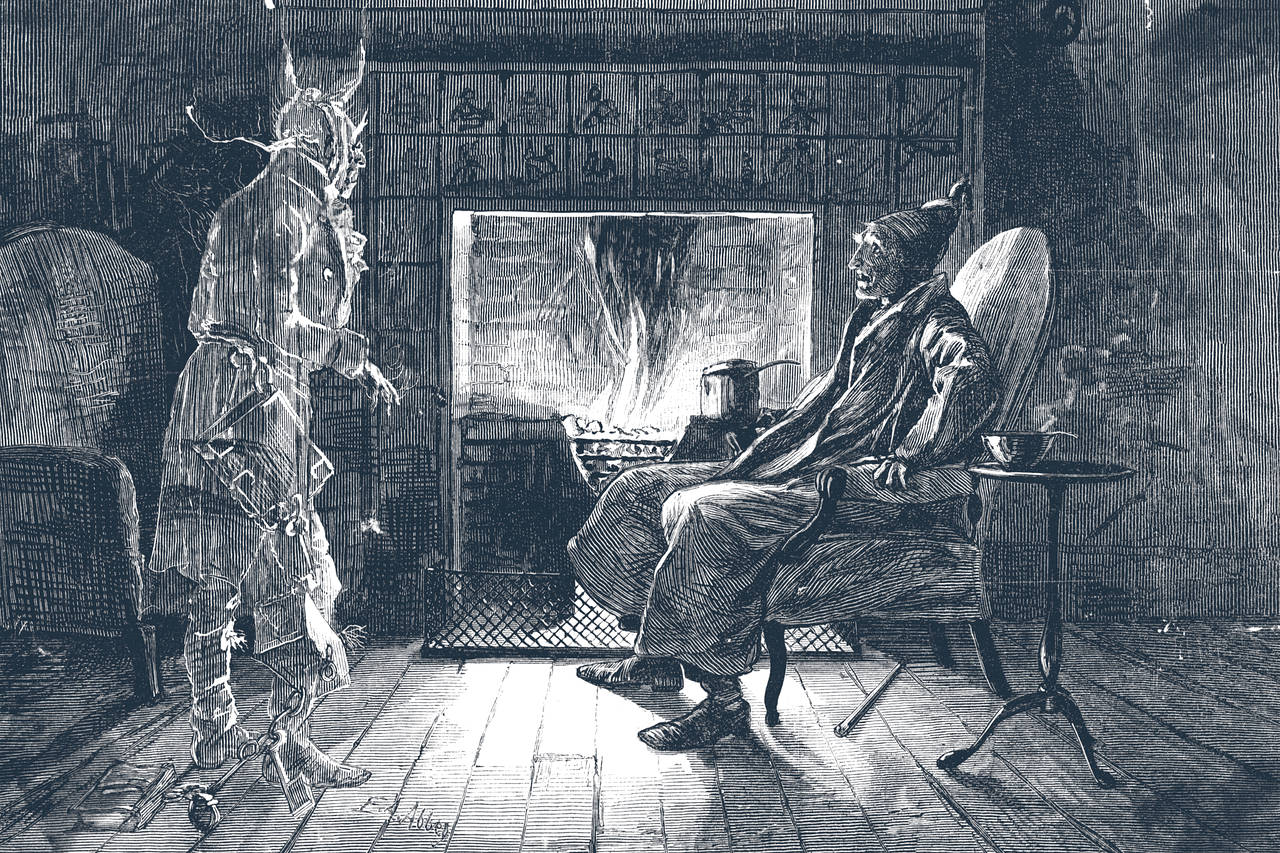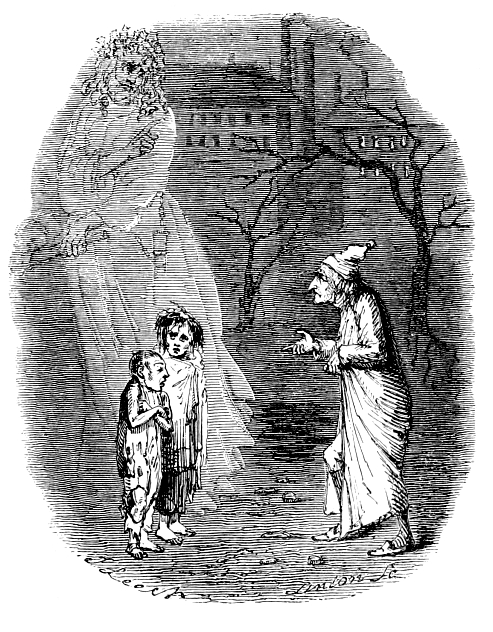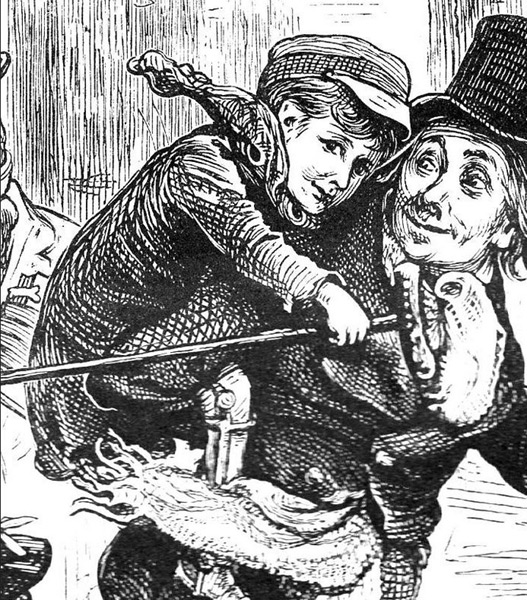Who among us has never heard of that timeless tale, ‘A Christmas Carol’ by Dickens? Most anyone presently in their adult years is quite familiar with the story line and the key characters: Ebenezer Scrooge, Jacob Marley, Bob Cratchit, the several Ghosts of Christmas, and of course Tiny Tim.
For many years – on Christmas Eve – our family would watch the 1984 film adaptation of A Christmas Carol starring George C. Scott who portrayed the character of Scrooge with particular brilliance. Just this week, Dee and I were able to see the 1951 British production, also very well done.
However, until this week I had never read the actual book written by Charles Dickens in 1843. The story is a novella, longer than a short story, but with far fewer pages than what would be considered a full length novel.

We know the plot, but to gain an understanding of Dickens’s underlying message might require a bit of research and certainly a bit of thought.
Elements of spiritual truth occasionally emerge, such as the touching moment when Bob Cratchit tells his family about Tiny Tim’s ‘strange thoughts’ after visiting church. “He told me coming home, that he hoped the people saw him in the church, because he was a cripple, and it might be pleasant to them to remember upon Christmas Day, who made lame beggars walk, and blind men see.”
It would be a stretch to think Dickens wrote A Christmas Carol as a spiritual allegory, as he likely had other literary concepts in mind, such as the need to address poverty, especially as it affected children in his day. This is illustrated by the shocking scene at the end of stave three when the Ghost of Christmas Present parts his robe to reveal two small children, a boy and a girl. “Yellow, meagre, ragged, scowling, wolfish… This boy is ignorance. This girl is want.” The scene is disturbing, even repulsive to Scrooge as he asks the ghost, Have they no refuge or resource?” The ghost then uses Scrooges’ own words against him: “Are there no prisons? Are there no workhouses?”

And yet, I do believe this wonderful old story is illustrative of the change that comes over a person when he or she places his or her trust in the Lord Jesus. Scrooge was a miserly, bitter old man who had no love to give and who had very little interest in anyone or anything. However, the final stave in this classic story reveals the supernatural change that can dramatically turn a self-centered cantankerous person into what the Bible calls “a new creation” through repentance and faith in the Lord Jesus.
So then… on this special day in which we celebrate the birth of our Lord Jesus, may it be that in humble simplicity as illustrated by Tiny Tim, that we put our faith in the One who died for us and came back to life on the third day. And may we experience a dramatic change in our lives, to bless and encourage others, just as we read about the change that overcame Scrooge. For it was written of him: “He became as good a friend, as good a master, and as good a man, as the good old city knew…”
Merry Christmas friends – and – “God bless us, every one!”

© Jeffery J. Michaels / Plain English Publications 2021
(Quotations allowed with attribution to this blog)
